Part 1 of 2 Parts
There are established and expanding bodies of literature in International Relations studying the politics of legislating and power in nuclear politics. These fields are often considered to have two separate research agendas. A new literature has emerged in recent years connecting these fields by reexamining the structure and maintenance of the global nuclear order. Researchers from many disciplines utilize different methodologies to understand the negotiation, construction, and development of nuclear arms control, nonproliferation, and disarmament treaties. By combining their work, the authors offer a more complete picture of the bargaining dynamics behind the construction of these international security agreements.
Mainstream studies of international law and nuclear politics tend to suggest that powerful actors, especially the U.S., have protagonist roles in ordering global nuclear politics. Conventional accounts, however, often offer incomplete interpretations of the participation of Global South non-nuclear-weapon states (NNWS) in the global nuclear order. This is especially true of those countries that favor nonproliferation. These NNWS accounts usually focus on why these states adhere, comply, or challenge the global nuclear order, downplaying or ignoring their ordering actions and initiatives. Particular attention is given to countries with nuclear capabilities they could use to build nuclear arsenals. This post reviews negotiating strategies that Global South NNWS committed to nonproliferation have deployed during the codification of global nuclear governance.
Multilateral treaties on nuclear arms control, nonproliferation, and disarmament have been employed to promote international peace and security. Conventional accounts of the creation of these treaties focus on the critical role that the U.S. played for the nuclear nonproliferation regime to emerge, develop, adapt, and spread. The backing of the U.S. was necessary for the codification and success of these treaties. However, focusing attention only on the preferences and actions of the U.S. creates an incomplete picture of the advent of these treaties. The negotiations of the legal mechanisms that form the global nuclear order were marked by collective compromise-seeking and concession-making processes. This has been a characteristic of international law codification in response to security problems. This important feature of lawmaking has opened spaces that developing countries have used to challenge power asymmetries within treaty negotiations.
Support for nuclear arms control, nonproliferation, and disarmament law has not harmonized the interests among Global South NNWS or between these countries and nuclear weapon states (NWS). Most NNWS in the Global South have collaborated with NWS to design treaties to prevent their nuclear annihilation. These states have participated actively in codifying global nuclear governance mechanisms. They have pushed for their preferences even when those preferences do not accord with U.S. priorities.
Scholars of lawmaking have identified tools that less powerful states have used to push for their preferences in negotiations marked by power asymmetries. Global South NNWS that support nonproliferation have used available tools to reform and adapt the global nuclear order to reflect their preferences. Their actions demonstrate that not all dissatisfaction with the global nuclear order means revisionism, and not all acquiescence means irrelevance.
Global South NNWS that support nonproliferation have attempted to improve their bargaining abilities through a variety of strategies. To increase their influence during lawmaking processes, these states tend to rely on cooperative bargaining among themselves. This is what traditional negotiation analysis refers to as an integrative process. They coordinate positions and balance their negotiation agendas to interact with more powerful actors in competitive bargaining. This is known as a distributive process.
This section presents some strategies that these states have used to promote their interests and preferences when negotiating multilateral treaties for nuclear governance. These strategies incorporate three overarching themes. The Global South NNWS tries to influence the framework where negotiations happen, the issues within the agenda, and alternative agendas.
Please read Part 2 next
Blog
-
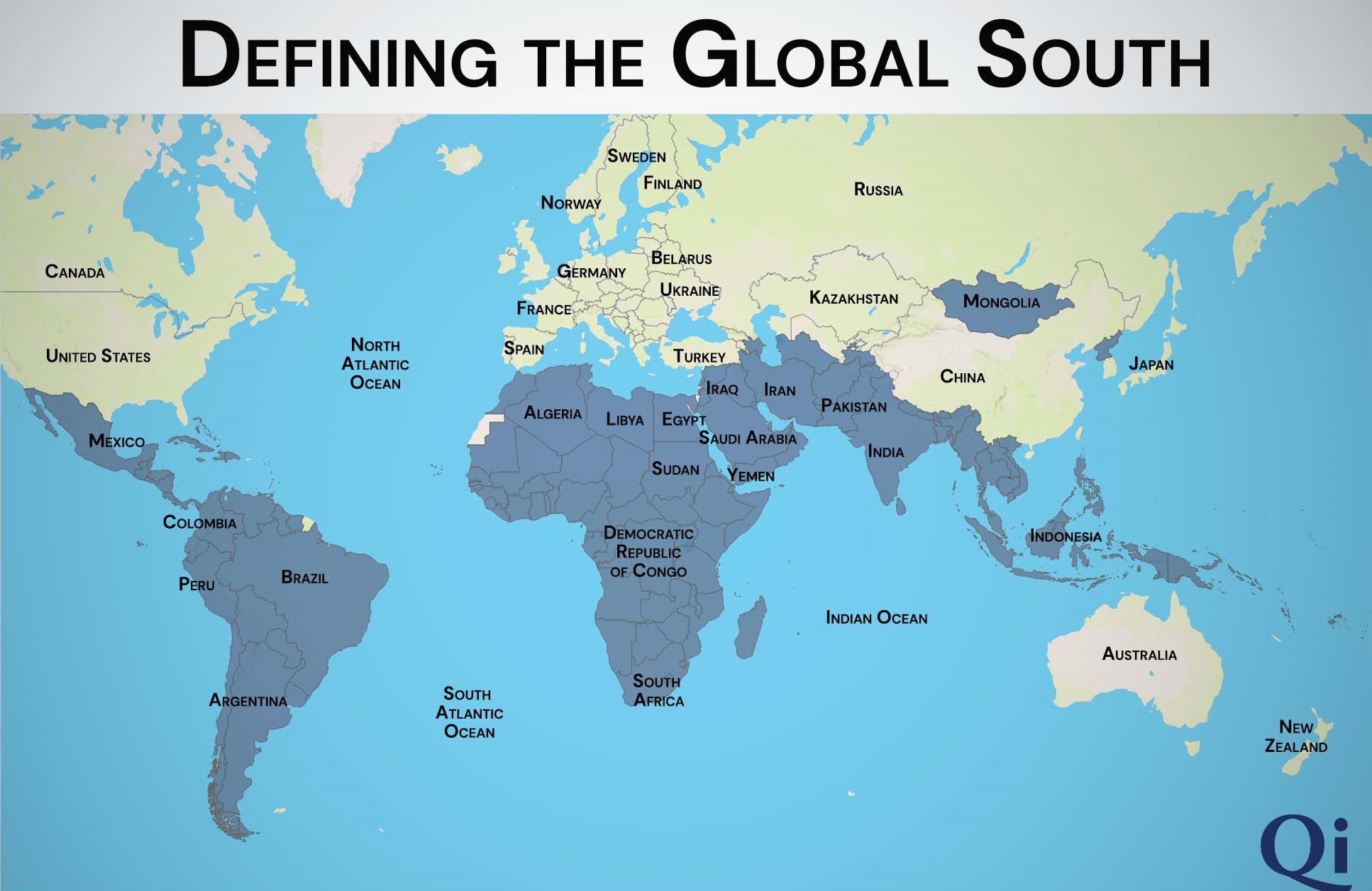
Nuclear Weapons 849 – Role of Global South Non-nuclear Nations In Nuclear Negotiation – Part 1 of 2 Parts
-
Nuclear News Roundup January 29, 2024
Nuvia to carry out Ringhals decommissioning work world-wide-nuclear.org
UK decommissioning research partnership begins to bear fruit world-nuclear-news.org
Kozloduy Puts Forward Financing Options For First AP1000 Nuclear Plant nucnet.org
NDA group event for industry and next generation of nuclear experts gov.uk
-
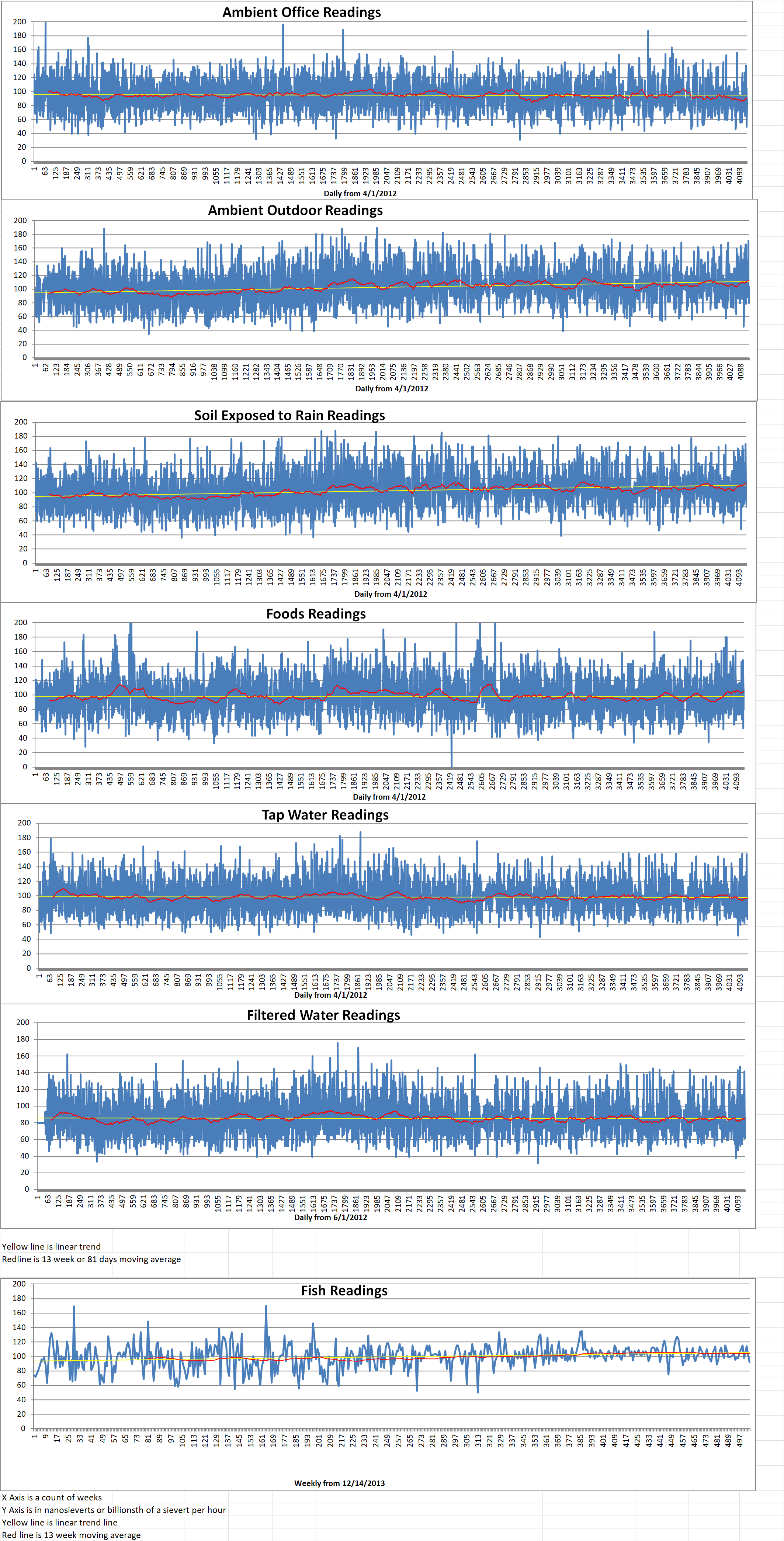
Geiger Readings for January 29, 2024
Ambient office = 88 nanosieverts per hour
Ambient outside = 165 nanosieverts per hour
Soil exposed to rain water = 162 nanosieverts per hour
Tomato from Central Market = 87 nanosieverts per hour
Tap water = 63 nanosieverts per hour
Filter water = 54 nanosieverts per hour
-
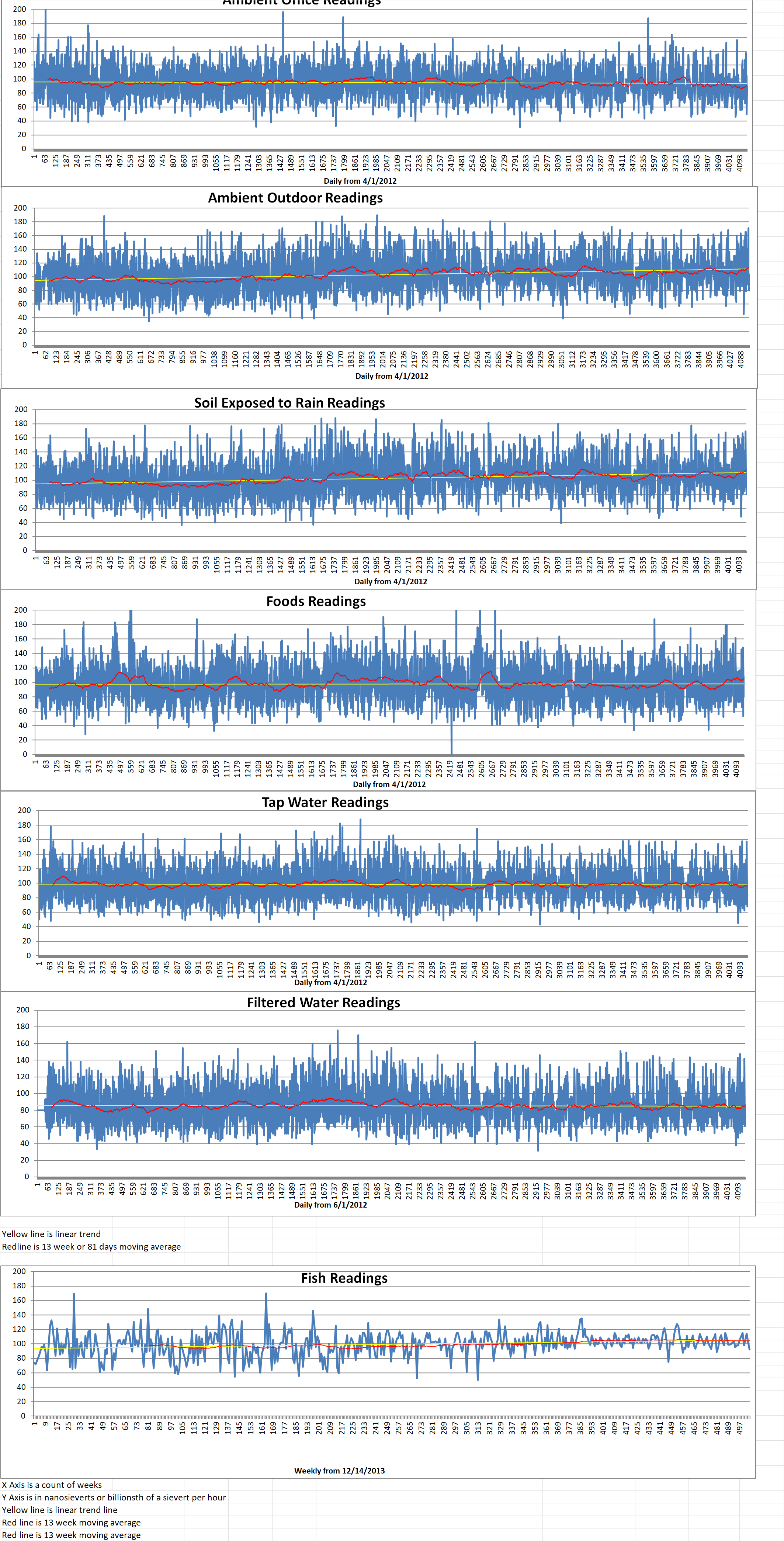
Geiger Readings for January 28, 2024
Ambient office = 83 nanosieverts per hour
Ambient outside = 79 nanosieverts per hour
Soil exposed to rain water = 82 nanosieverts per hour
Tomato from Central Market = 93 nanosieverts per hour
Tap water = 127 nanosieverts per hour
Filter water = 114 nanosieverts per hour
-
Nuclear News Roundup January 27, 2024
Czech Government goes with EDF and KHNP for expanded nuclear tenders power-technology.com
Russia Has No Plans to Deploy Nuclear Arms Beyond Belarus, Says Deputy Minister usnews.com
Construction Begins Of 5,000-MW Iran-Hormoz Nuclear Power Plant nucet.org
Residents ask for a full examination of damage to a Japanese nuclear plant caused by a recent quake keyt.com
-
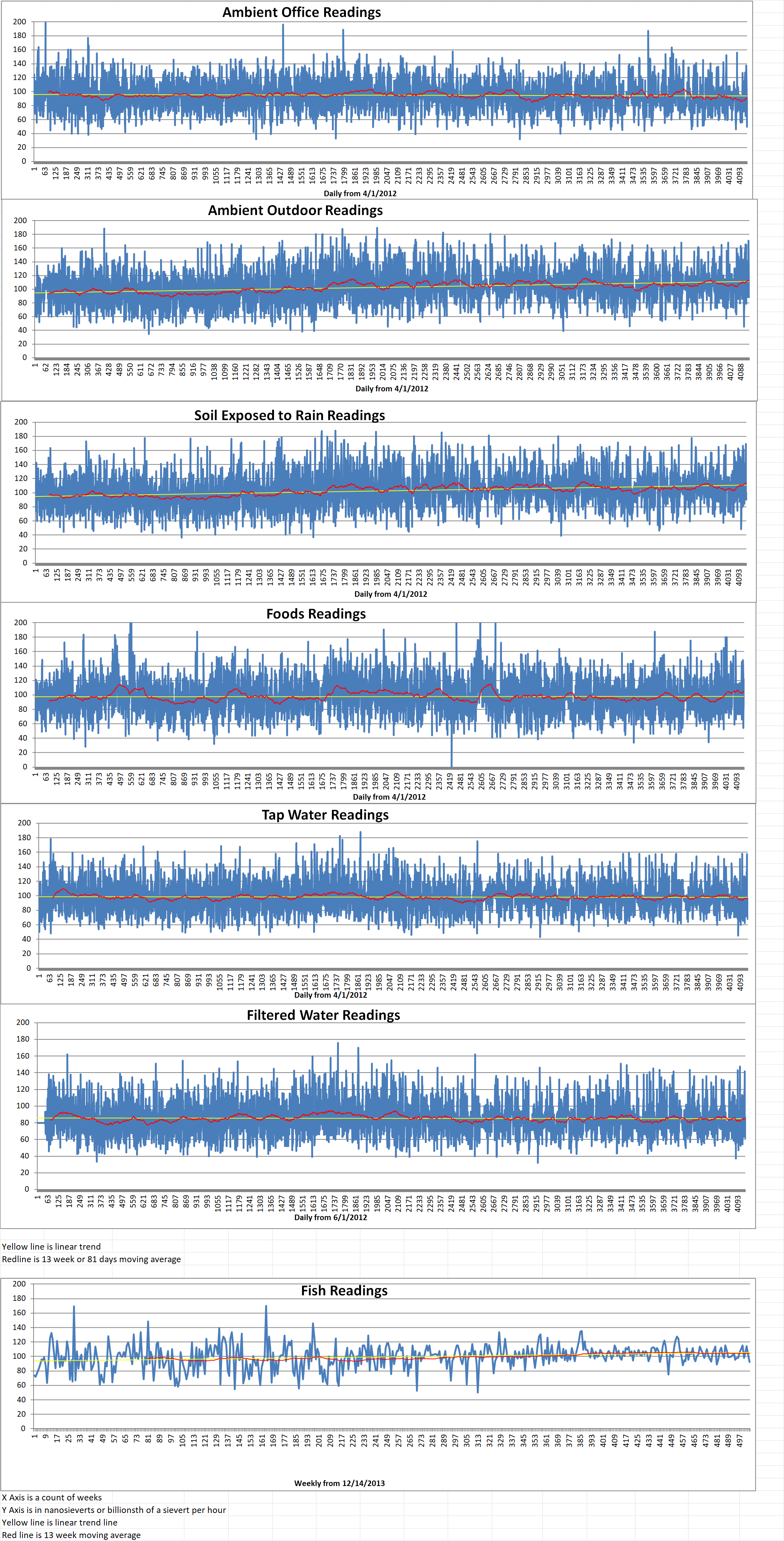
Geiger Readings for January 27, 2024
Ambient office = 79 nanosieverts per hour
Ambient outside = 114 nanosieverts per hour
Soil exposed to rain water = 126 nanosieverts per hour
Red bell pepper from Central Market = 105 nanosieverts per hour
Tap water = 73 nanosieverts per hour
Filter water = 56 nanosieverts per hour
Dover Sole from Central = 92 nanosieverts per hour
-

Nuclear Reactors 1340 – Overview Of Advanced Nuclear Reactors – Part 2 of 2 Parts
Part 2 of 2 Parts (Please read Part 1 first)
Most nuclear power reactor designs that use an alternative coolant also use an alternative fuel.
TRISO, or tri-structural isotropic particle fuel, is one of the most popular options for fueling advance reactors. TRISO pellets contain uranium, enclosed in ceramic and carbon-based layers. This keeps the fuel contained. It keeps all the products of fission reactions inside and allows the fuel to resist corrosion and melting. Kairos and X-energy are both planning to use TRISO fuel in their reactors.
Other reactors use HALEU which stands for high-assay low-enriched uranium. Most nuclear fuel used in commercial reactors contains between three percent and five percent uranium-235. HALEU, on the other hand, contains between five percent and twenty percent uranium-235. This allows power reactors to generate more power in a smaller space than conventional reactors.
In addition to changing the specific details of things like fuel and coolant, many companies are working to build reactors of different (mostly smaller) sizes.
Small modular reactors (SMRs) are advertised to be quicker and cheaper to build as well as safer to operate.
Today, most nuclear power reactors being connected to the grid are massive, in the range of 1,000 or more megawatts. This is more than enough electricity to power hundreds of thousands of homes. Constructing those huge nuclear projects takes a long time, and each one requires a bespoke process. SMRs could be easier to build, since the procedure is the same for each one. This would allow them to be manufactured in something resembling a huge assembly line.
NuScale has been one of the leaders in this area. Its advanced reactor design uses commercial fuel and water coolant, but the whole thing is scaled down. Things haven’t been going well for the company in recent months, though. Its first project is pretty much dead in the water. NuScale was going to construct a nuclear power plant in southern Idaho with multiple NuScale SMRs and sell the power to a consortium of Utah utilities. However, they failed to raise the additional funding required to finish the project which was recently canceled. NuScale has just laid off nearly thirty percent of its employees in early January. It has also been accused of misleading investors.
Other companies are still carrying the SMR torch. This includes many that intend to alternative fuels and coolants.
There have been many extravagant claims about SMRs in the global media. They were promised but so far that promise hasn’t really materialized. Their lower cost estimates were based on economies of scale but in order to reap that benefit, they have to be produced in large quantities. NuScale’s estimate of the cost of their first nuclear project more than doubled in four years. SMRs are supposed to be safer but some designs call for higher temperatures and pressures. There is, as yet no practical knowledge generated with respect to how these temperatures and structures will affect the materials used in the reactors. There is also concern that quality control may fail and result in a number of reactors being deployed that share the same flaws. It is true that they generate less waste than conventional designs but the waste they do generate is still very radioactive and must be dealt with. SMR are not the panacea that many claim. -
Nuclear News Roundup January 26, 2024
Orano to supply dry storage systems to Xcel Energy world-nuclear-news.org
Kursk’s second unit retires after 45 years operation world-nuclear-news.org
Completion of Plant Vogtle nuclear expansion delayed until second quarter northwestgeorgianews.com
Navy to conduct first nuclear missile test in eight years cnduk.org
-
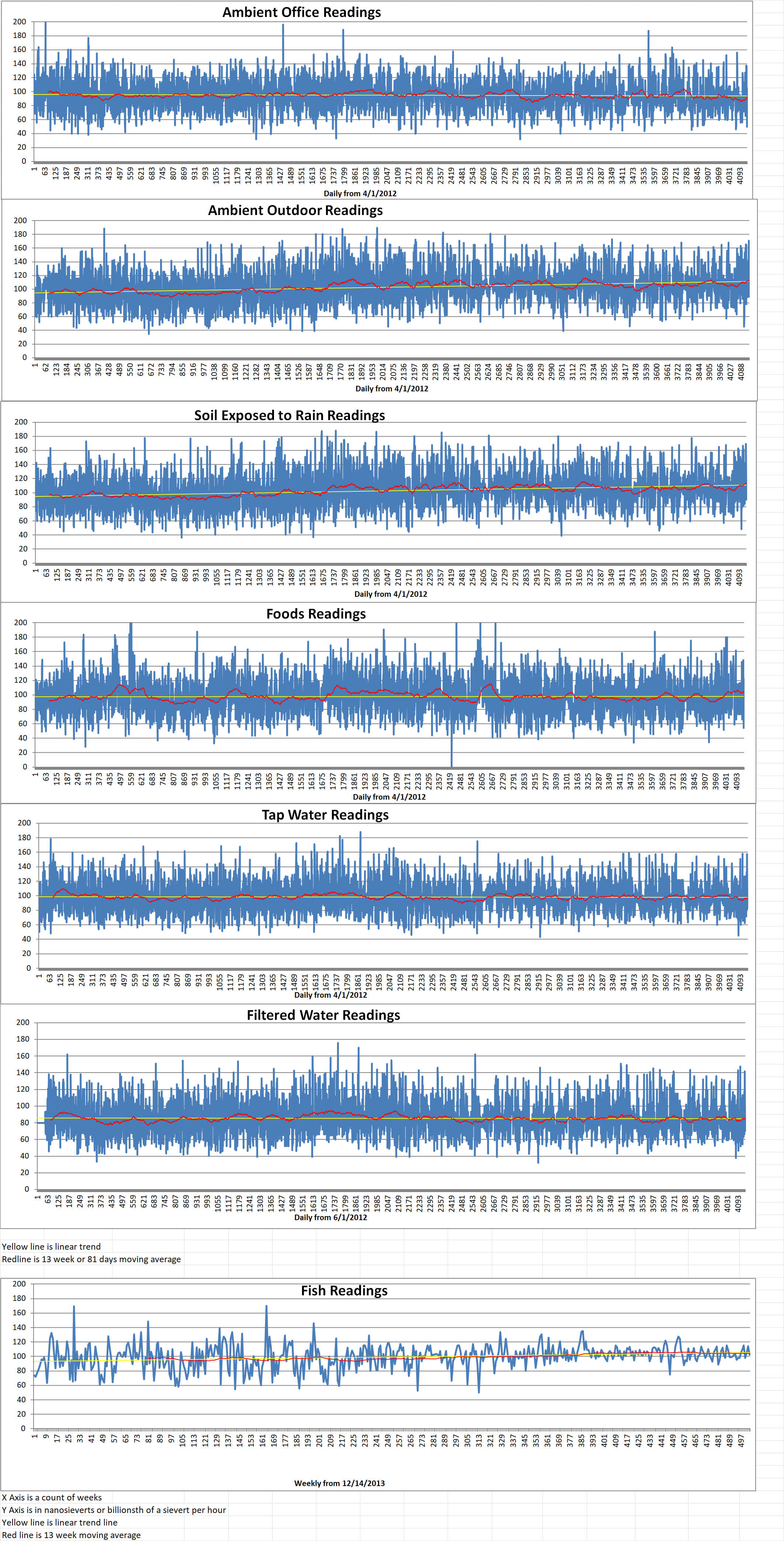
Geiger Readings for January 26, 2024
Ambient office = 72 nanosieverts per hour
Ambient outside = 87 nanosieverts per hour
Soil exposed to rain water = 91 nanosieverts per hour
Nutmeg from Central Market = 93 nanosieverts per hour
Tap water = 116 nanosieverts per hour
Filter water = 104 nanosieverts per hour
